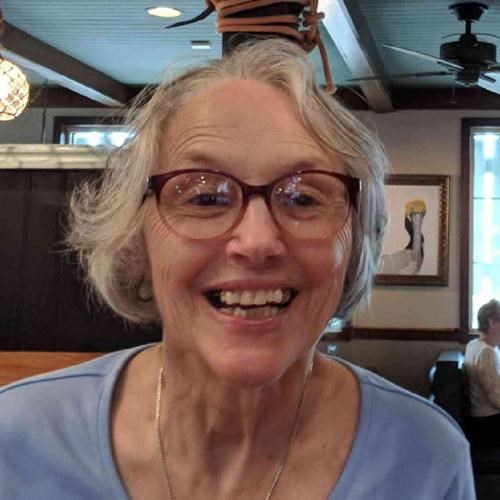Island History: Celebrating a year of stories from the Outer Banks’ Life-Saving Service

The Chicamacomico Life-Saving Station (CLSS) celebrated its 150th anniversary in 2024, as one of the seven original Life-Saving Stations to be built in North Carolina in 1874.
As a result, the Chicamacomico Life-Saving Station and Historic Site in Rodanthe shared stories about the seven 1874 Outer Banks stations throughout 2024, to celebrate and mark this milestone
The following is the last of these 2024 Life-Saving Station articles to honor the #LegacyofLifeSaving, written by Jen Carlson for CLSS.
Courageous. Resilient. Dedicated. Brave. Kind. Forgotten.
The list could go on to describe the men who served in the 280 United States Life-saving Stations along the East Coast, West Coast, and the Great Lakes. While this series focused on the original seven North Carolina stations, the same could be said of all the station crews. They faced boredom, repetition, and adrenaline rushes with grace, class, and kindness. Their ingenuity knew no bounds and their strength, both mentally and physically, is unimaginable.

It’s been a honor to share the stories this past year and they deserve to be told.
Did you know there was one surfman who served more than 30 years at one station and turned down multiple promotions to Station Keeper because he didn’t want to leave his community?
How about the surfman who single-handedly saved ten men from a wreck at the risk of his own life because he knew going for help meant the others would likely not survive?
What about the crew that was posthumously awarded well deserved medals for their rescue of nine survivors during a hurricane? Or the crew that has someone fighting to get them posthumously awarded for their efforts of saving eight lives during a hurricane as well?
What started in 1847 with the first appropriations for life-saving services by the U.S. Congress to the first stations built in 1849 followed by the creation of the United States Life-Saving Service (USLSS) in 1871 to General Superintendent Sumner Kimball’s successful plan and expectations being implemented, over 177,000 lives were saved by the efforts of the men who served in the United States Life-saving Service.
Their impact is great yet so often forgotten. Most people have heard of the Pony Express, which ran only eighteen months, but few have heard of the USLSS which existed for 44 years.
I would encourage you if your family is originally from the coast to see if your granddaddy or even great-granddaddy ever served with the USLSS. He would have been a fisherman who would have known his local waters like the back of his hand. Most likely, multiple family members could have served as it did tend to run in the family. There was even a boy who grew up believing the U.S. Coast Guard was the family business.

These men deserved to be remembered and become “The Forgotten No More”.
As for the local life-saving stations, three of the original seven still exist while others remain as well in various ways.
You can see the location of the Wash Woods Coast Guard Station during a wild horse tour on Carova Beach.
A Caffey’s Inlet Station is now part of the Sanderling Resort as a restaurant.
A Kill Devil Hills Station serves as a real estate office for Twiddy & Company in Corolla.
Several stations stretching from Duck to Hatteras are now private homes.
The Black Pelican Restaurant houses the original 1874 Kitty Hawk Station as part of its interior.
The 1874 Little Kinnakeet Station was open for public, guided tours during the summer months.
History is alive at the Chicamacomico Life-saving Station Historic site as the 1874 station is undergoing a restoration.
The east facade has been restored to its original appearance with plans to have the remainder of the building restored as well. While the site is closed for the season, it will reopen in the spring with our team of volunteer surfmen performing the historical beach apparatus drill every Thursday between Memorial Day and Labor Day. It will start with a Porch Talk to hear a brief overview of the USLSS history before heading to the drill field to watch how the surfmen would have prepared themselves to achieve the ultimate goal of saving lives.
Thank you for joining me on this journey over this year. My respect for these men have grown by leaps and bounds as I dug further into the USLSS records. If these stories have touched you in some way as they have me, find me on the drill field one day. I’d love to hear your favorite story.




















